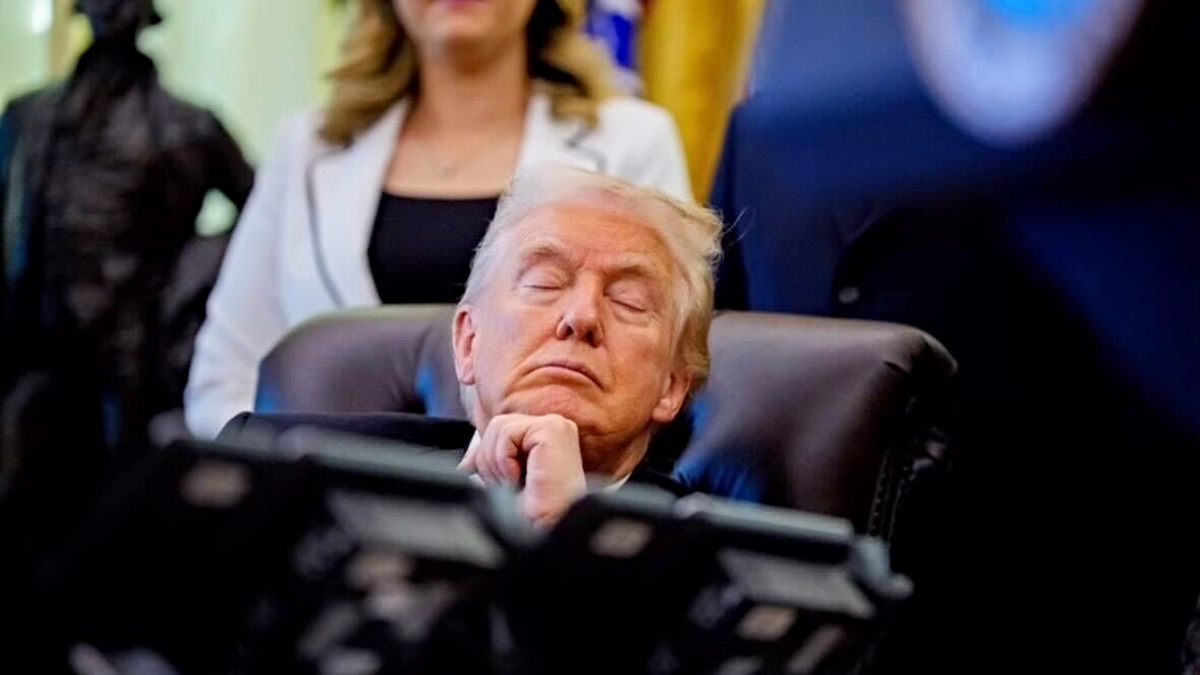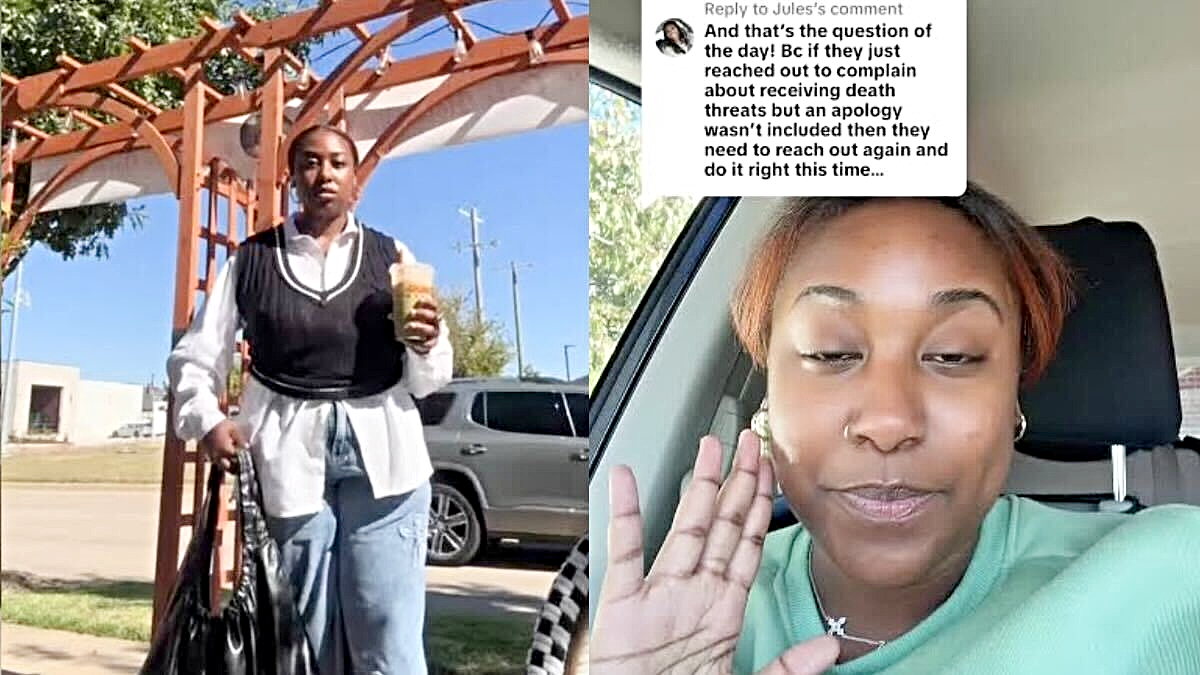Stylish and subversive, filled with dark humor and depictions of brutality that ignited a nationwide debate about violence in the movies, Fight Club was a jolt to the status quo of the studio picture when it came out on October 15, 1999. 15 years after the release of David Fincher’s compelling, controversial masterpiece, it remains heralded as one of the first great films of the 21st century. (Yes, it came out at the end of the 20th century, but the moment it defined lasted well into the 2000s.)
Fight Club was a movie of its moment, with a story, characters and themes that fed into the fear and hysteria of a consumer-driven culture and the emasculated psyche of American society. A decade and a half after its release, some of the references and ideas are dated, but the visceral energy and sharp wit have not blunted one bit. It remains a powerful, propulsive film with a philosophical bent that means that many can interpret its story and characters in different ways.
In honor of the film’s 15th anniversary, We Got This Covered is taking a look back at Fight Club, from its production to the polarized reaction, to give you eight reasons why the film rules. Why eight? Because there are eight rules of Fight Club. And, even though I’m going to be breaking the first two rules, I hope this ignites even more conversation about this modern masterwork. Feel free to strike back with more of your reasons why Fight Club is an amazing film in the comments below.
Oh, and beware of spoilers. If you haven’t seen Fight Club, you shouldn’t be reading this.
Just a note: some of my writing about the film’s history and response in the coming pages can be sourced to the book Rebels on the Backlot: Six Maverick Directors and How They Conquered the Hollywood Studio System, by Sharon Waxman. It is a must-read for any fan of 1990s cinema, as it chronicles the early careers of Paul Thomas Anderson, David Fincher, Spike Jonze, David O. Russell, Steven Soderbergh and Quentin Tarantino.










Published: Oct 14, 2014 11:55 pm